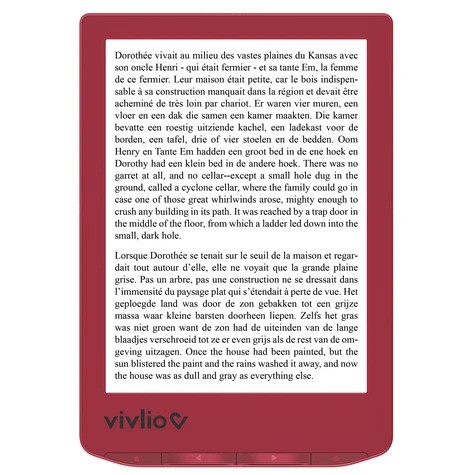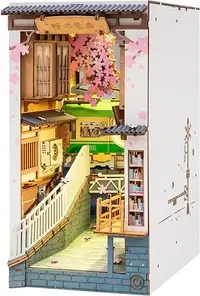En cours de chargement...
le Pastel en pays d'Oc
Résumé
Si tout le monde connaît le pastel, craie de pigment fréquemment utilisée par les peintres, il n'en est pas de même pour la fleur jaune du même nom, une des rares sources naturelles de colorant bleu.
Peu usité jusqu'alors, le bleu connaît, dès la fin du Moyen Age, un engouement qui ne se dément pas, de nos jours encore. Principalement cultivé dans le Lauragais, le pastel devient essentiel pour les drapiers et teinturiers d'Europe. De Londres à Anvers, le précieux colorant se négocie sur toutes les places boursières. Culture et exportation du pastel engendrent un véritable âge d'or pour l'Albigeois et le Midi Toulousain. Pendant plus d'un siècle, Toulouse, jusqu'alors simple place agricole, connaît une expansion extraordinaire, tant au plan économique que culturel. Châteaux pastelliers et somptueux hôtels particuliers sont les magnifiques témoins de cette véritable Renaissance Toulousaine.
Ce livre conte l'histoire fabuleuse d'une simple plante fourragère qui, à la Renaissance, couvrit d'or et de prestige les grands marchands du pays d'oc.
While everyone has heard of the pastel, a stick of ground pigment often used by artists, the same cannot be said of the yellow flower of the same name, one of the rare natural sources of a blue dye.
Bock in the late Middle Ages, but rarely used until then, this blue dye witnessed a surge in popularity that continues to this day. Chiefly cultivated in the Lauragais region, the pastel plant become essential for Europe's cloth manufacturers and dyers. From London to Antwerp, the precious dye was traded on all the money markets. The cultivation and export of pastel meant the beginning of a truly golden era for the Albigeois and Midi-Toulousain regions. For more than a century Toulouse, until then just a simple agricultural marketplace, witnessed on extraordinary economic and cultural expansion. The palaces and sumptuous mansions once owned by pastel producers are magnificent witnesses of this veritable Toulouse Renaissance.
This book tells the amazing story of a simple fodder plant, which brought gold and prestige to the great merchants of the Pays d'Oc region during the Renaissance.
Caractéristiques
-
Date de parution01/12/2002
-
Editeur
-
ISBN2-915188-00-9
-
EAN9782915188004
-
PrésentationBroché
-
Nb. de pages95 pages
-
Poids0.42 Kg
-
Dimensions23,5 cm × 22,1 cm × 1,1 cm
Avis libraires et clients
Avis audio
Écoutez ce qu'en disent nos libraires !
Du même auteur
Vous aimerez aussi
le Pastel en pays d'Oc est également présent dans les rayons
- Livres Bien-être & vie pratique Décoration, jardinage & bricolage
- Livres Bien-être & vie pratique Décoration, jardinage & bricolage Arts décoratifs
- Livres Bien-être & vie pratique Décoration, jardinage & bricolage Arts décoratifs Art populaire
- Livres Loisirs, nature & voyages Brico-déco & jardin
- Livres Loisirs, nature & voyages Brico-déco & jardin Arts décoratifs
- Livres Loisirs, nature & voyages Brico-déco & jardin Arts décoratifs Art populaire





